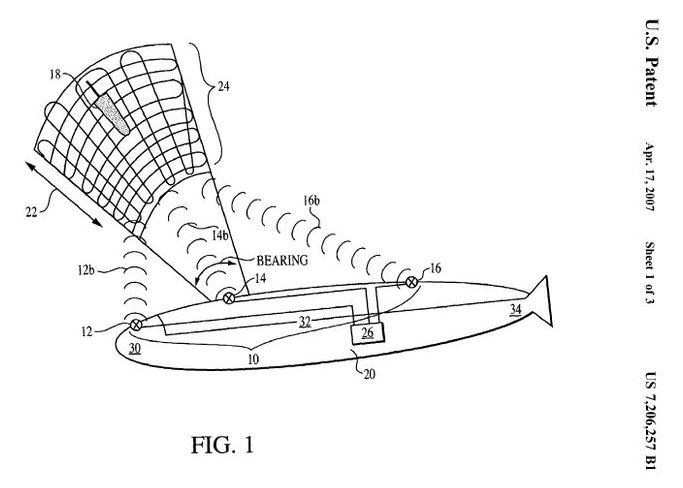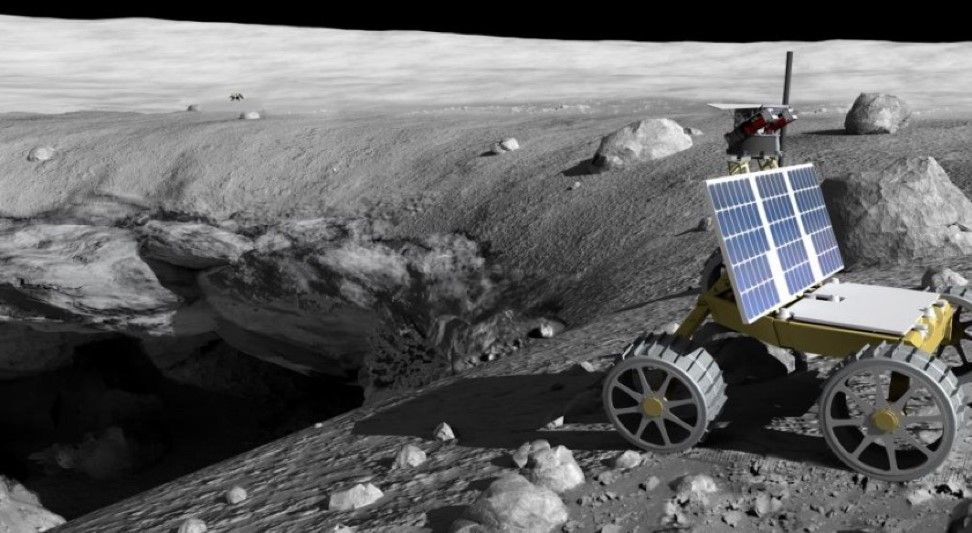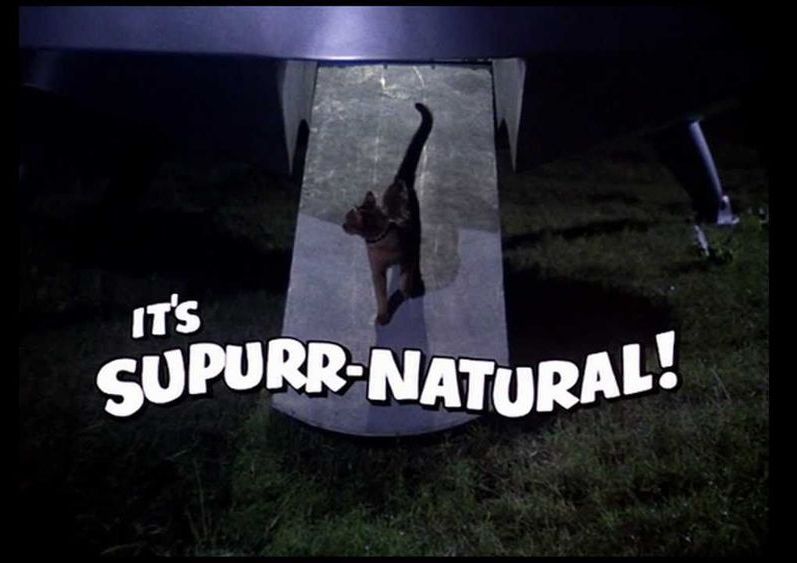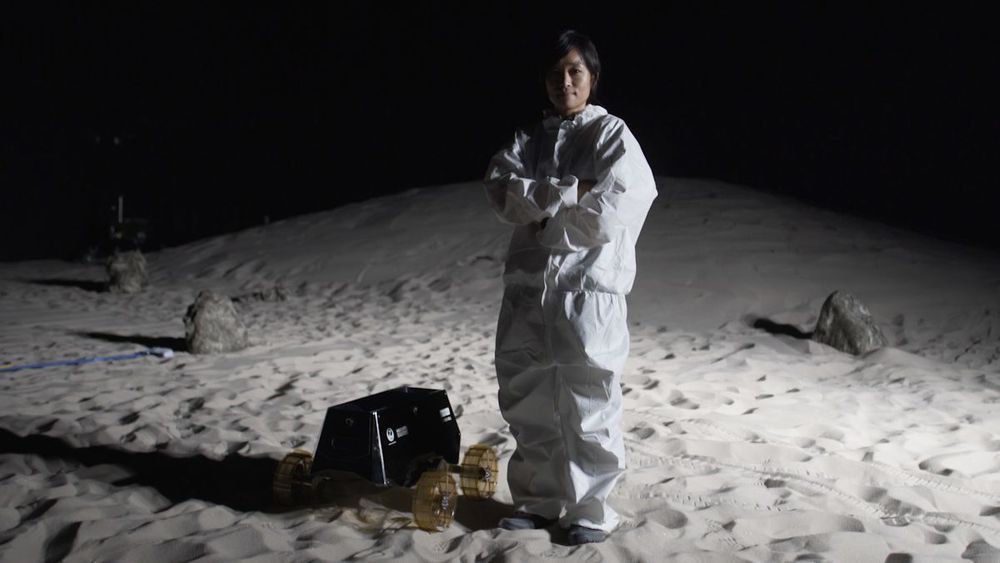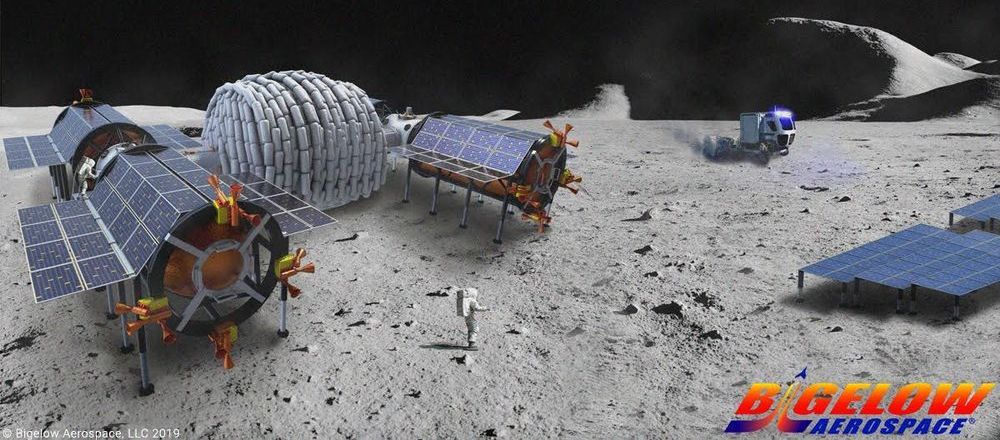Physicists have discovered a novel kind of nanotube that generates current in the presence of light. Devices such as optical sensors and infrared imaging chips are likely applications, which could be useful in fields such as automated transport and astronomy. In future, if the effect can be magnified and the technology scaled up, it could lead to high-efficiency solar power devices.
Category: space – Page 826
Imagine a day when a submarine could blast a target to smithereens using nothing more than acoustic energy. That’s the idea behind a recently granted U.S. Navy patent for a cavitation weapon. The powerful weapon would use sonar to generate “acoustic remote cavitation,” i.e. a big pressure bubble, that would destroy everything from torpedoes to mines. As the patent describes:
*A method is disclosed of generating a predetermined field of cavitation around a remote target in an underwater environment. The method includes the steps of identifying a remote target location, generating at least two acoustic beams, each at a high power output, from an underwater acoustic source, and controlling the generated acoustic beams to intersect with each other at the remote target location and thereby create a destructive cavitation field at the intersection of the beams. The acoustic source and target can be located in unconfined underwater space and at a distance of at least 100 m apart. *
You’ve read your last complimentary article this month. To read the full article, SUBSCRIBE NOW. If you’re already a subscriber, please sign in and and verify your subscription.
O.o face_with_colon_three
Movie Trailer for “The Cat From Outer Space” (1978)
Starring: ken berry, sandy duncan, harry morgan, roddy mcdowall, mclean stevenson.
Directed By: Norman Tokar
By finding water on the moon, startup Ispace envisions a bustling lunar economy by 2040.
Nothing lasts forever. Humans, planets, stars, galaxies, maybe even the Universe itself, everything has an expiration date. But things in the quantum realm don’t always follow the rules. Now, scientists have found that quasiparticles in quantum systems could be effectively immortal.
That doesn’t mean they don’t decay, which is reassuring. But once these quasiparticles have decayed, they are able to reorganise themselves back into existence, possibly ad infinitum.
This seemingly flies right in the face of the second law of thermodynamics, which asserts that entropy in an isolated system can only move in an increasing direction: things can only break down, not build back up again.
Beijing is still behind in terms of its space-based military capabilities, but the gap is closing fast, experts say.

